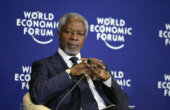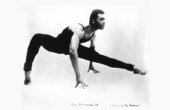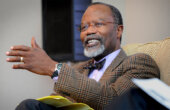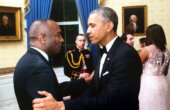Reflections on the Black Experience at MIT
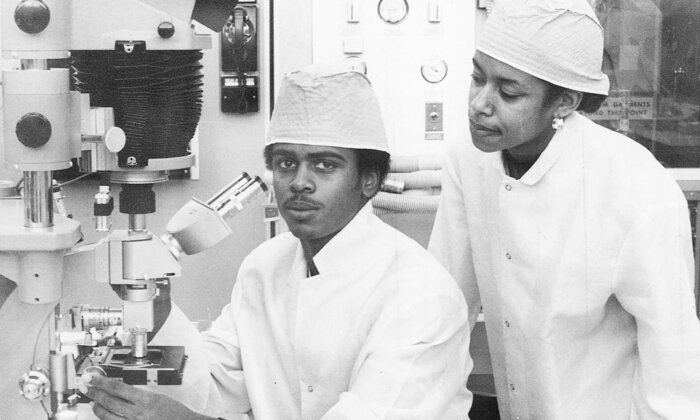
One morning in the spring of 1995, after more than two decades of working for the Massachusetts Institute of Technology (MIT), I went to see Paul Gray, the former president of the university. I fumbled for words to discuss early retirement — retirement, of course, only in the sense of leaving the institute, since there was no question in my mind that I would pursue other professional opportunities elsewhere. The decision, he said, was mine and mine alone. But was there anything I still wanted to do, he asked, and if so, what was it?
Thus the MIT Black History Project was born, and the seeds for what would become a voluminous book called “Technology and the Dream: Reflections on the Black Experience at MIT, 1941-1999” were planted. I considered the book, which is now freely available as a PDF, a way to record the black presence at MIT and to recognize a certain group of non-black individuals who have been active in the effort to correct policies of racial exclusion (or at least non-inclusion) and to foster racial harmony, tolerance, and diversity at the institute. In effect, the project, which comprises transcripts of more than 75 oral history interviews, is about exploring the black experience, assessing our role at MIT, and leaving a legacy so that future generations may relate to our hopes and disappointments here, to our struggles and achievements.
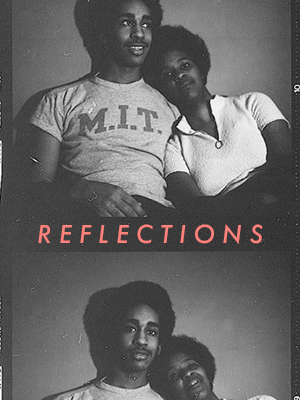
The motivation for undertaking this vast project stemmed from my belief that the world’s most preeminent educational institution in science, engineering, and technology has arguably had an impact on America’s progress in measuring up to its lofty ideals. These ideals relate to equity and opportunity for all in the form of what Alexis de Tocqueville, the French political scientist and historian, defined as a “great social experiment.”
This social experiment I believe involves race relations and its manifestation in our educational institutions. These institutions progress in race relations can be a benefit to society as its alumni and employees move into other aspects of society.
Like grabbing sand in the palm of one’s hand, some inevitably slips out. And as in the case of race relations, is never fully grasped. Simply put, the work is never finished and the experiment is fluid and ongoing.
My hope in writing the book with the participation of 223 MIT graduates, administrators, and staff was that their shared experiences could reflect the individual but also reveal commonalities regarding academic success, social interaction within the broader MIT community, and recruitment of black faculty, to name a few.
It was also my objective that their collective voices serve as useful and instructive elements in this ongoing experiment. One of those key elements being the role of non-minority faculty and administrators in bringing about necessary change to make MIT more diverse and inclusive. I refer to these individuals as “Bridge Leaders,” who often grew up during the depression and were profoundly shaped by World War II. They witnessed monumental gains in civil rights, ranging from the demise of segregation and the landmark Brown vs Board of Education decision declaring separate but equal unconstitutional. They also lived through the Vietnam War as well as the assassinations of Martin Luther King, Jr. and President John F. Kennedy. The pipeline for these individuals needs to be constantly replenished with subsequent generations if this experiment stands a chance of a sustainable and successful outcome.
Several of the transcribed oral histories from “Technology and the Dream” will be featured on the MIT Press Reader, in the Reflections series, through the remainder of this year and into next. As you’ll see, the interviews convey personal assessments, ideas, and suggestions about the role of the black community within the MIT context and beyond. Often, they amount to complete life histories in a nutshell. The first two highlighted, with W. Ahmad Smith, an activist, former DJ, and physician, and with Jennifer N. Rudd, one of the first two African-American women to earn a degree from MIT, could not be any more different.
Some 20 years after first publishing this book, America ironically finds itself at a critical phase and decision point in this social experiment. It is my sincere hope that this book — and these individual histories — has and will continue to be a part of the solution that is so desperately needed in higher education and by extension the country and the world.
Oral histories in this series:
–W. Ahmad Smith
–Jennifer N. Rudd
–Reginald Van Lee
–Phillip Clay
–Gustave M. Solomons, Jr.
–Kofi Annan
Clarence G. Williams has, since 1972, held several positions at MIT, among them, Special Assistant to three Presidents, Equal Opportunity Officer, Director of the Office of Minority Education, Assistant Dean of the Graduate School, and an Institute Ombudsperson. He is currently Adjunct Professor Emeritus in the MIT Department of Urban Studies and Planning and Director of the MIT Black History Project.
